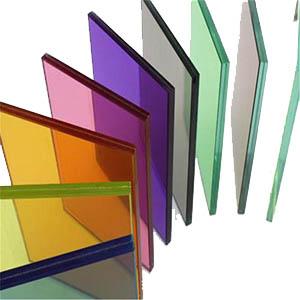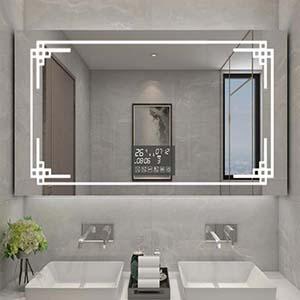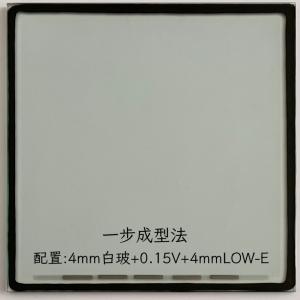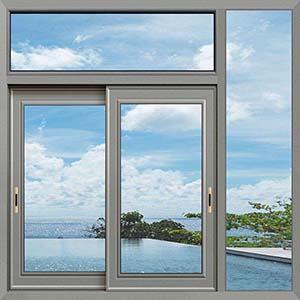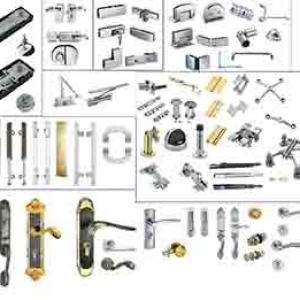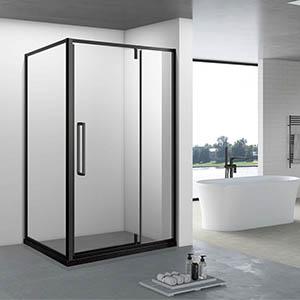Description
window with Vacuum Glass and Multi-pane Glazing
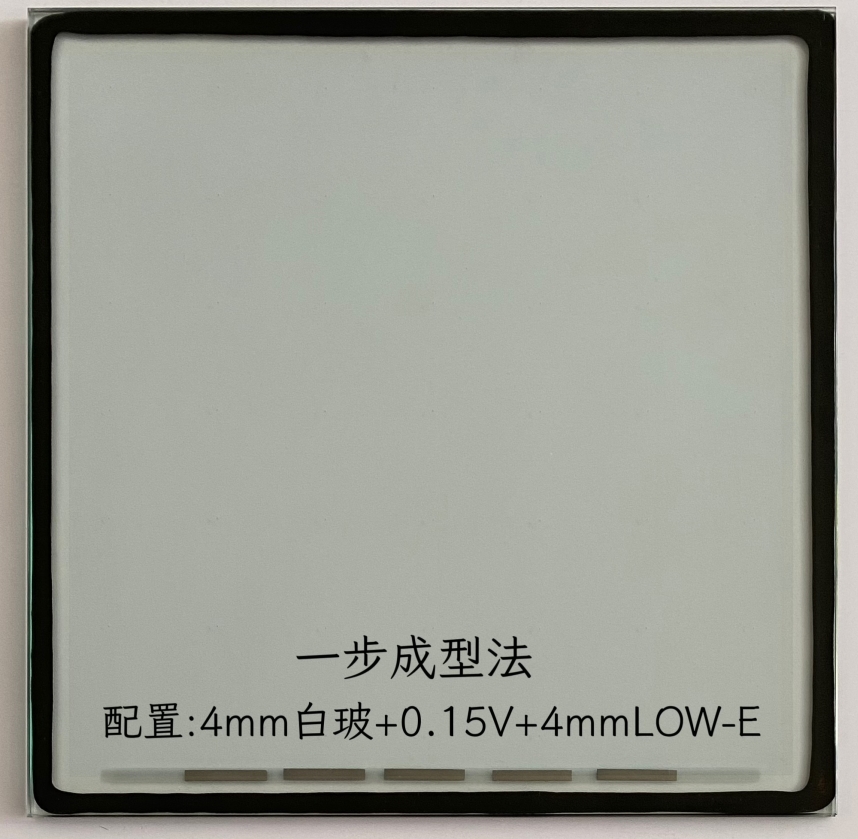

Title: The Comparative Analysis of Vacuum Glass and Multi-pane Glazing
Introduction:
In the quest for energy-efficient and Sustainable building solutions, the choice of glazing plays a pivotal role. Vacuum glass and multi-pane glazing, specifically double and triple glazing, are two prominent options that have been gaining attention in the construction industry. This article aims to compare these two types of glazing systems, examining their insulation properties, energy efficiency, cost, and overall performance.
Body:
1. **Insulation Properties:**
- **Vacuum Glass:** Vacuum glass consists of two panes of glass separated by a vacuum, which is an excellent insulator due to the lack of air or gas to conduct heat. The vacuum significantly reduces heat transfer, making it an excellent choice for thermal insulation.
- **Double and Triple Glazing:** These systems use two or three layers of glass with air or gas in between. While the insulating properties are enhanced by the multiple layers, they are not as effective as a vacuum because the air or gas can still conduct heat.
2. **Energy Efficiency:**
- **Vacuum Glass:** Due to its superior insulation, vacuum glass can significantly reduce heat loss, leading to lower energy consumption for heating and cooling. It is particularly beneficial in regions with extreme temperature fluctuations.
- **Double and Triple Glazing:** While also energy-efficient, the performance of double and triple glazing depends on the type of gas used between the panes. Argon or krypton gas can improve insulation, but it is not as effective as a vacuum.
3. **Sound Insulation:**
- Both vacuum glass and multi-pane glazing offer good sound insulation. However, the vacuum glass, with its complete absence of air, can be slightly more effective in blocking out external noise.
4. **Cost:**
- **Vacuum Glass:** The production process of vacuum glass is more complex, involving the evacuation of air and sealing of the edges to maintain the vacuum. This results in a higher cost compared to double and triple glazing.
- **Double and Triple Glazing:** Generally, these options are more cost-effective than vacuum glass, especially for large-scale applications. The cost can vary depending on the type of gas used and the quality of the glass.
5. **Durability and Maintenance:**
- **Vacuum Glass:** Requires careful handling and installation due to the fragility of the vacuum seal. If compromised, the insulation properties are lost.
- **Double and Triple Glazing:** More robust and easier to handle and install. The durability is generally higher, with less concern about maintaining the seal.
6. **Aesthetics and Design Flexibility:**
- Both types of glazing offer design flexibility and can be integrated into various architectural styles. However, vacuum glass, with its slimmer profile, can provide a more modern and sleek appearance.
7. **Environmental Impact:**
- **Vacuum Glass:** The production process is more energy-intensive, but the long-term energy savings can offset this.
- **Double and Triple Glazing:** Environmental impact is lower in terms of production, but the energy efficiency may not be as high as vacuum glass over time.
Conclusion:
The choice between vacuum glass and double or triple glazing depends on various factors such as location, budget, design preferences, and environmental considerations. Vacuum glass offers superior insulation and soundproofing but at a higher cost and with more delicate handling requirements. Double and triple glazing provide a more cost-effective and robust solution, with good insulation properties that can be further enhanced with the right choice of gas. Ultimately, the decision should be based on a comprehensive evaluation of these factors to ensure the best fit for the specific application and long-term sustainability goals.
Word Count: Approximately 1000 words

 English
English Russian
Russian

